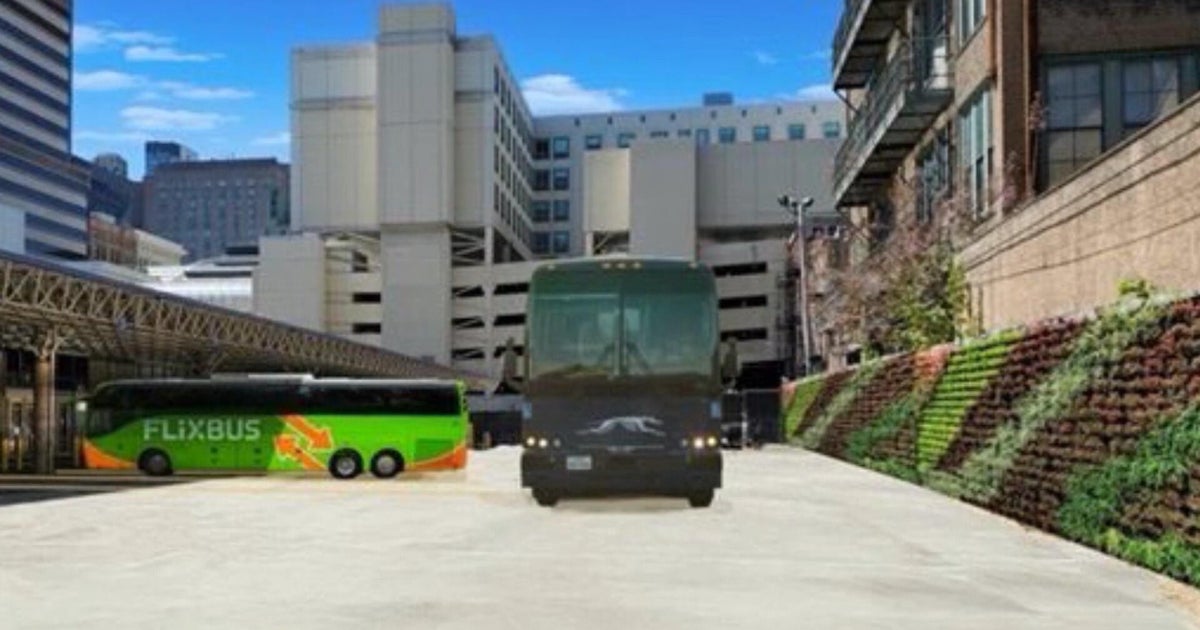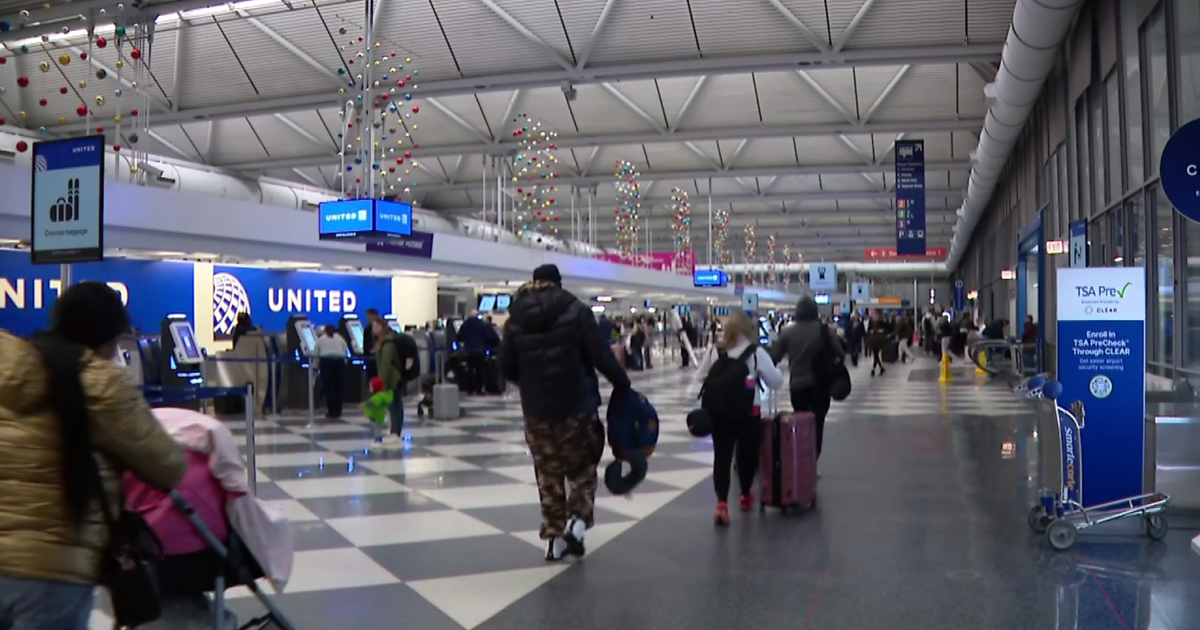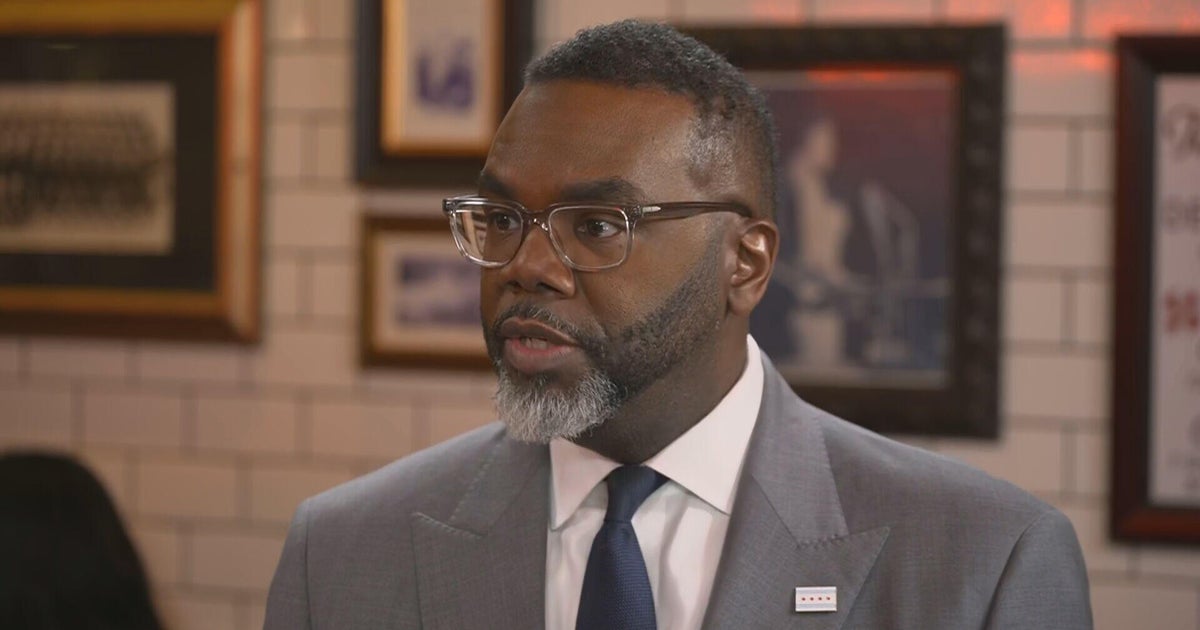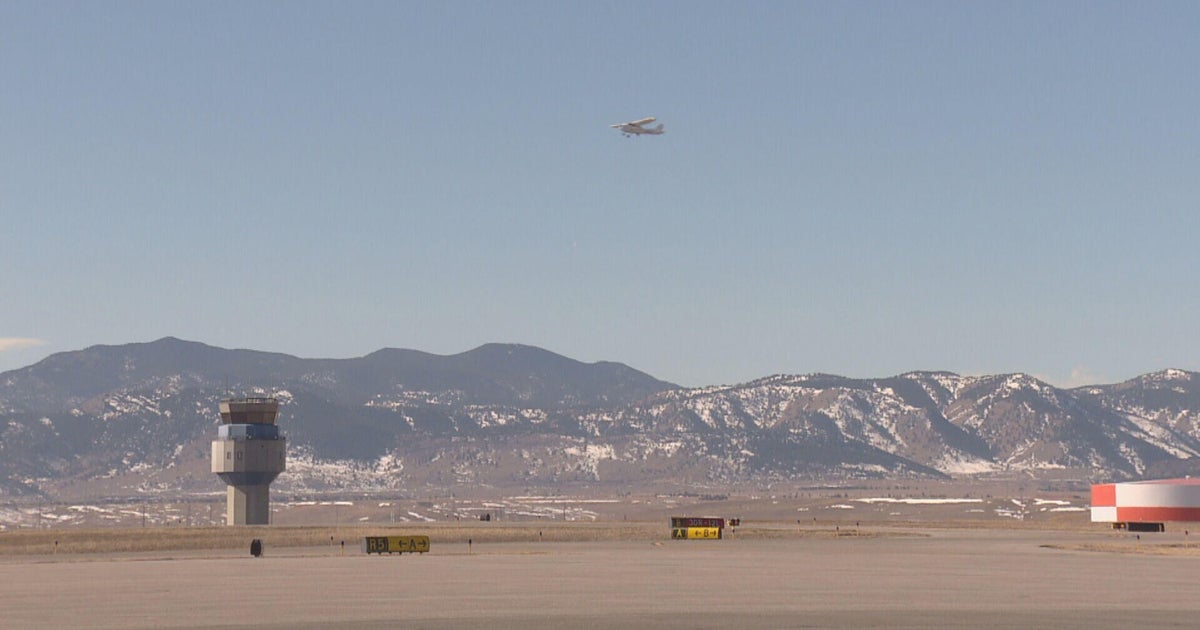DePaul says if Greyhound station closes, Chicago will be only 1 of 3 top world cities with no intercity bus depot
CHICAGO (CBS) -- The Greyhound station just west of the Loop is set to close next month, and critics are sounding the alarm on the lack of an immediate plan for what might come next.
Meanwhile, a report from DePaul University noted that if the city's Greyhound bus terminal shuts down, it will make Chicago one of only three of the top 130 largest cities in the whole world that lacks a permanent intercity bus station.
The study by the Chaddick Institute for Metropolitan Development at DePaul focused on the world's 130 largest cities—out of which Chicago ranks 114th in population. Only two cities currently lack an intercity bus station, and both are in Sub-Saharan Africa—Kinshasa, the capital of the Democratic Republic of the Congo, and Nairobi, the capital of Kenya.
If the closing of the Greyhound station at 630 W. Harrison St. goes ahead in September, Chicago will join Kinshasa and Nairobi on that list, DePaul noted.
Chicago will also have the coldest weather by far of any city without a bus terminal, DePaul noted.
DePaul also noted that the two U.S. cities larger than Chicago—New York and Los Angeles—both accommodate intercity buses thoroughly.
The Port Authority Bus Terminal in New York City—longstanding reputation though it may have for being an ugly, seedy, and miserable place—is also a monumentally busy place that is set to be replaced with a new state-of-the-art facility in a $10 billion replacement project. In Los Angeles, DePaul noted that the county government provides space for Greyhound and FlixBus at the Los Angeles Union Station bus concourse, and Los Angeles El Paso Limo buses also have their own dedicated station.
But if the Greyhound station in Chicago closes, DePaul notes, the next largest city after New York and Los Angeles will have no intercity bus terminal at all—and DePaul says having buses line up for people to board on the sidewalk along Jackson Boulevard near Union Station, as some proposals suggest, does not count.
DePaul added that passengers would have to cross a street even to get somewhere to sit and wait for intercity buses at Union Station—if rail terminal owner Amtrak even lets them. Further, there would be no precise dropoff or pickup spot, and it is likely that only three buses would be permitted to line up at a time, DePaul said.
Amtrak has already said the proposed move to the street outside Union Station won't work.
The Chicago Greyhound station is set to close on Sept. 20. Greyhound chief executive officer Kai Boysan has been working with the city and its Department of Transportation to find another option. He said earlier this month that the station shutting down would most impact minority groups and lower-income communities.
Greyhound has been losing its stations since 2021, when its parent company sold them to separate buyers. Now, the bus service is being evicted from stations across the country.
Some cities were surprised by the closures.
In Philadelphia, Greyhound lost its station last summer and moved to a curbside downtown location, but it was forced to move after only four months after nearby businesses complained. Philadelphia, while the sixth largest cities in the U.S., does not have a large enough population to among the 130 cities analyzed in the DePaul study.
The Harrison Street Greyhound station, located right alongside the Jane Byrne Interchange, opened in 1989.
Before that, going back to 1953, the Chicago Greyhound terminal was located at Clark and Randolph streets in the Loop—at the current site of the Grant Thornton Tower, across the street from the Daley Center and the Thompson Center, and kitty-corner from the City Hall-County Building complex. Buses would enter the old terminal from Lower Wacker Drive.
Despite its prominent location, the old Chicago Greyhound terminal had a documented reputation for being beyond seedy—with a litany of horror stories about kidnappings, sex trafficking, and other crime. In a 2004 Chicago Reader article, writer Steve Bogira wrote that John Wayne Gacy even picked up his first known victim at the old Loop terminal.
Bogira quoted Chicago Tribune columnist Bob Wiedrich from a 1977 column about sex traffickers trying to lure young women at the terminal: "If you want to break your heart, pay a visit to the downtown Greyhound Bus terminal in Chicago. Spend a few hours watching the kind of human scum that drifts through its waiting rooms in search of easy prey."
In the 1980s, then-Ald. Fred Roti (1st) bluntly called the Greyhound Terminal "a haven for pimps, perverts, and prostitutes," Bogira wrote. A Central (1st) District Chicago Police sergeant quoted in the 2004 Reader article called the old terminal the "Wild West," and of the men's restroom there, said, "I would've rather done it in my pants than go in that washroom."
Greyhound sought to shake the old, sordid image as it moved its terminal to the Harrison Street location, and Bogira noted that by 2004, security was tighter and there had been a crackdown on loiterers without tickets.
The current terminal has only made headlines anytime recently for the occasional frustrating situation—such as one occasion in March of last year when some passengers found themselves stranded for days, sleeping on floors and lobby chairs and eating only from vending machines, due to a driver shortage.
A Trailways bus station was also once located in the Loop, at 20 E. Randolph St. on the present-day site of the Wabash-Randolph parking garage. It closed in 1987.
In addition to Greyhound itself, the present-day Chicago Greyhound station is served by Burling Trailways, FlixBus, and Barons Bus.








